What Is the Weakest Currency in the World? Top 10 List
Money makes the world go round – but not all currencies are created equal. While some currencies stand tall and powerful (looking at you, Kuwaiti Dinar and British Pound, the strongest currencies in the world), others struggle to hold value. If you’ve ever wondered what the weakest currency in the world is and why some currencies end up so devalued, you’re in the right place.
Let’s break it all down, starting with what makes a currency weak in the first place all the way to the top 10 weakest world currencies.
What Makes a Currency Weak? Factors Lowering Currency Value
A weak currency isn’t just unlucky – it’s a symptom of deeper economic, political, and social struggles, a reflection of a country’s overall health. When things go wrong, such as soaring debt, corrupt leadership, or even natural disasters, the currency takes a hit. It's similar to when a celebrity gets caught in a scandal: their reputation tanks fast. For a currency, that fall from grace is just as brutal, and rebuilding trust and power is no easy task.
For those of you who want to get straight into the heart of the matter and find out what the weakest currency in the world is, scroll down to the top 10 list below. Here, we dive into the main culprits behind weak currencies.
Inflation Rate & Issues with Inflation
Inflation is like a guest who overstays their welcome. When prices rise too fast, the currency loses purchasing power. If a loaf of bread costs 1 unit of currency today but 5 tomorrow, people stop trusting the currency under these inflation pressures. A high inflation rate also often signals a depressed economy and a weaker currency follows.
Political Instability
Political unrest and turmoil make investors nervous. When governments change too often, protests fill the streets, or leaders make unpredictable decisions, the currency also suffers. Businesses and investors want stability, and if they don’t get it, they pull their money out, weakening the currency even more.
Government Debt
One of the economic factors impacting currency value is debt. If a country is drowning in debt and can't pay it back, confidence in its currency tanks, making it lose strength and value. When foreign investors believe a country won’t honor its debt, they avoid the currency like the plague, driving its value down even further.
Central Bank & Economic Conditions
A central bank’s job is to control the money supply and keep the economy healthy, making it an essential factor in currency value. But if a central bank prints too much money (hello, hyperinflation!) or fails to manage economic conditions well, the currency suffers. If you’re interested, you can find out more on this topic in our article about the worst hyperinflation cases in modern history.
Ready to sell?
Are you ready to sell your currency? Stop waiting and request a Shipping Kit. We will provide everything you need to ship and receive funds for currencies you own.
Natural Disasters & History of Scandals
Mother Nature's tantrums like fires, floods, earthquakes, or even a history of scandals can devastate a country’s economy. Tourism halts, industries collapse, and trust in leadership diminishes, all of which can lead to currency depreciation.
Market Economy vs. Centralized Economy
Market economies tend to adjust more naturally to currency fluctuations. Centralized economies, where governments tightly control production and pricing, are more prone to imbalances, which can lead to weaker currency values.
Industrial Output & Internal Operations
Countries with strong industrial output generally have stronger currencies. However, if industries crumble due to war, sanctions, or outdated technology, the currency gets dragged down with it.
Top 10 Weakest Currencies in the World
Now that you know what causes a currency to weaken, it's time to address what you came for and find out what is the weakest currency in the world. Here's the list of 10 currencies that are currently the most depreciated.
Iranian Rial (IRR)
Unfortunately, the Iranian Rial holds the title for the weakest currency in the world. Years of sanctions, political unrest, and economic mismanagement have left the currency practically worthless. Iran’s economy has faced relentless pressure, especially from international sanctions targeting its oil exports – the backbone of its revenue. Hyperinflation became a household term, with prices of everyday goods soaring beyond reach.
Political instability, worsened by tensions with Western powers, has further scared off foreign investment. Additionally, Iran’s centralized economy, controlled heavily by the state, struggles to adapt to global market shifts. As of March 2025, 1 USD equals a staggering 42,000 IRR. The Rial’s fall is a stark reminder of how a combination of political isolation, internal mismanagement, and external pressures can crush a currency.
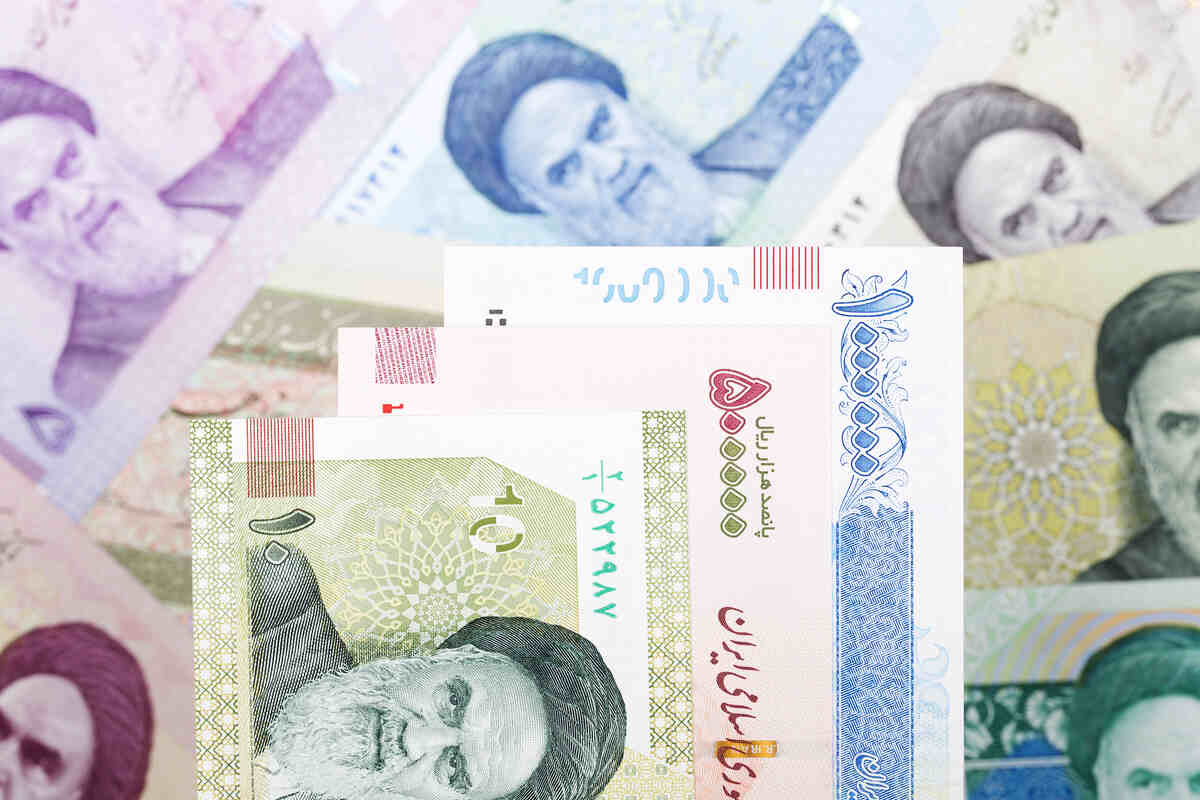
Lebanese Pound (LBP)
Lebanon's beautiful country status can’t mask its financial collapse. Once known as the "Switzerland of the Middle East" for its banking prowess, Lebanon’s economy fell apart after decades of corruption, mismanagement, and political gridlock. The 2019 banking crisis froze accounts, leaving citizens unable to access their savings. On top of that, the tragic 2020 Beirut explosion worsened an already dire situation, crippling infrastructure and trust.
Political instability, coupled with a history of scandals and international aid drying up, left the Lebanese Pound in freefall. People now rely on US dollars for daily transactions, making the official currency nearly obsolete. Currently, 1 USD trades for around 15,000 LBP, but on the black market, the rate often soars even higher.
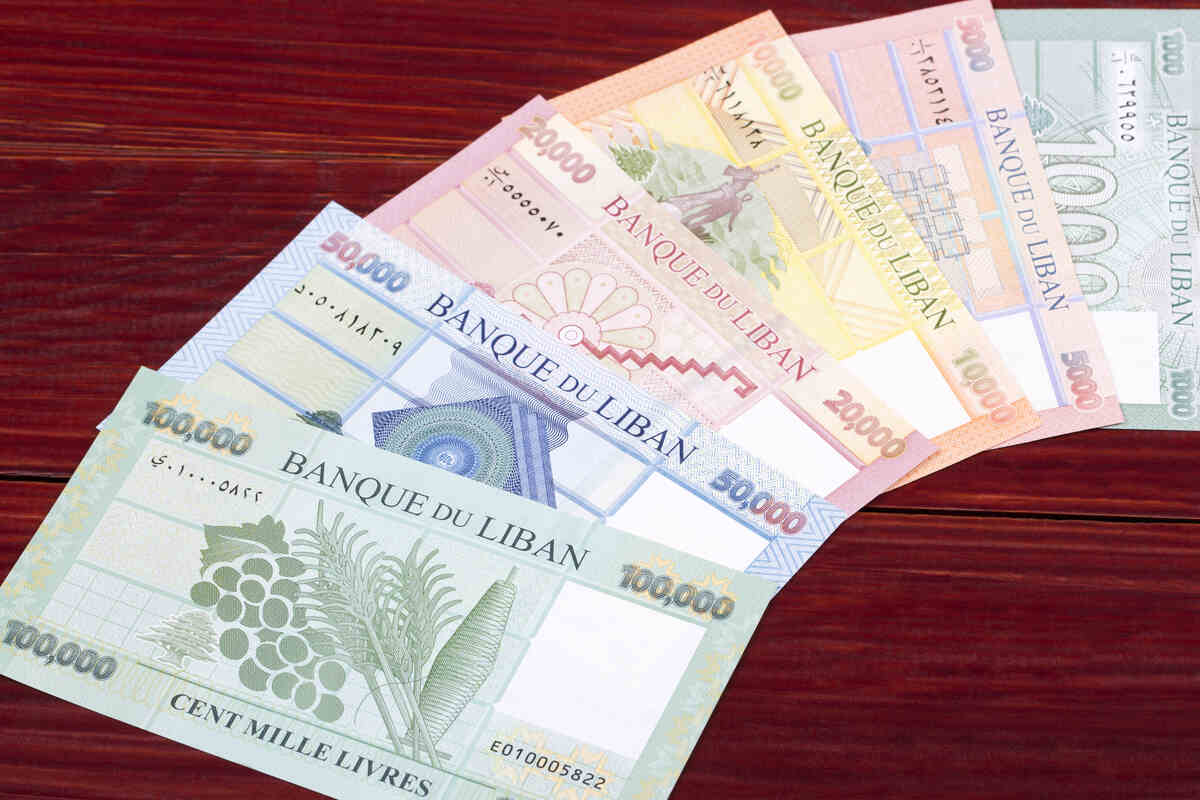
Vietnamese Dong (VND)
Vietnam’s market economy is growing, but the Dong remains one of the weakest world currencies. The Dong’s weakness dates back to the country’s post-war reconstruction period when inflation rates skyrocketed, and the currency never fully recovered.
Despite Vietnam becoming a manufacturing powerhouse with a high industrial output, especially in textiles, electronics, and coffee exports, the Dong’s value remains low due to the government's cautious economic policies and fear of rapid currency appreciation harming exports.
On the bright side, the country's booming tourism and manufacturing sectors hint that the Dong might strengthen over time. On that note, if you're traveling to Vietnam to explore its natural wonders, you can buy or sell Vietnamese Dong online here at US First Exchange at great rates and get it delivered straight to your door with secure shipping methods.
At present, 1 USD is worth approximately 25,000 VND, reflecting both its undervalued status and the government’s tight monetary controls.
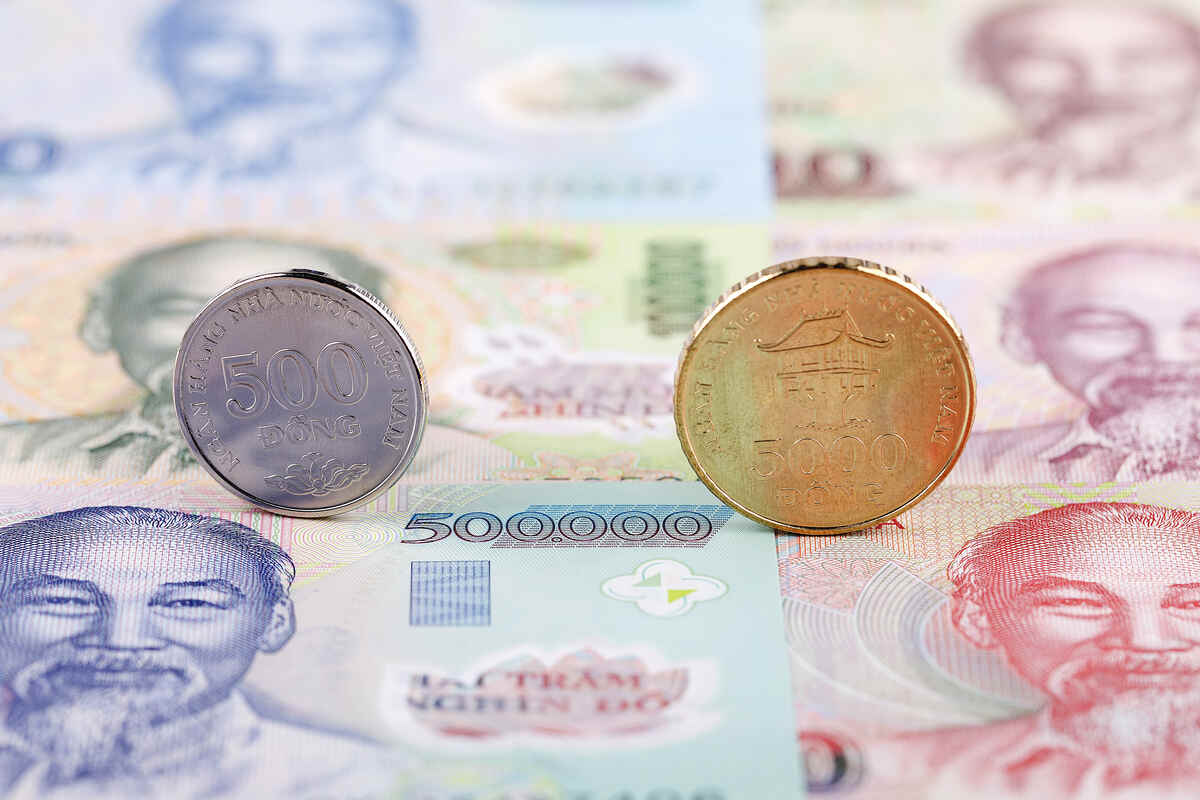
Indonesian Rupiah (IDR)
Indonesia boasts stunning landscapes and a rich culture, but its currency struggles. The Rupiah’s weakness is rooted in both historical and modern economic challenges. The Asian financial crisis of 1997-98 crushed the Rupiah’s value, and it never truly bounced back. More recently, Indonesia’s reliance on imports for essentials like oil and machinery, paired with rising government debt, has kept inflation high.
Despite being the Southeast Asian country with the largest economy, ongoing currency depreciation remains a challenge. That said, Indonesia’s growing digital economy and natural resource exports offer a glimmer of hope for future stability. However, right now, 1 USD equals about 14,500 IDR.
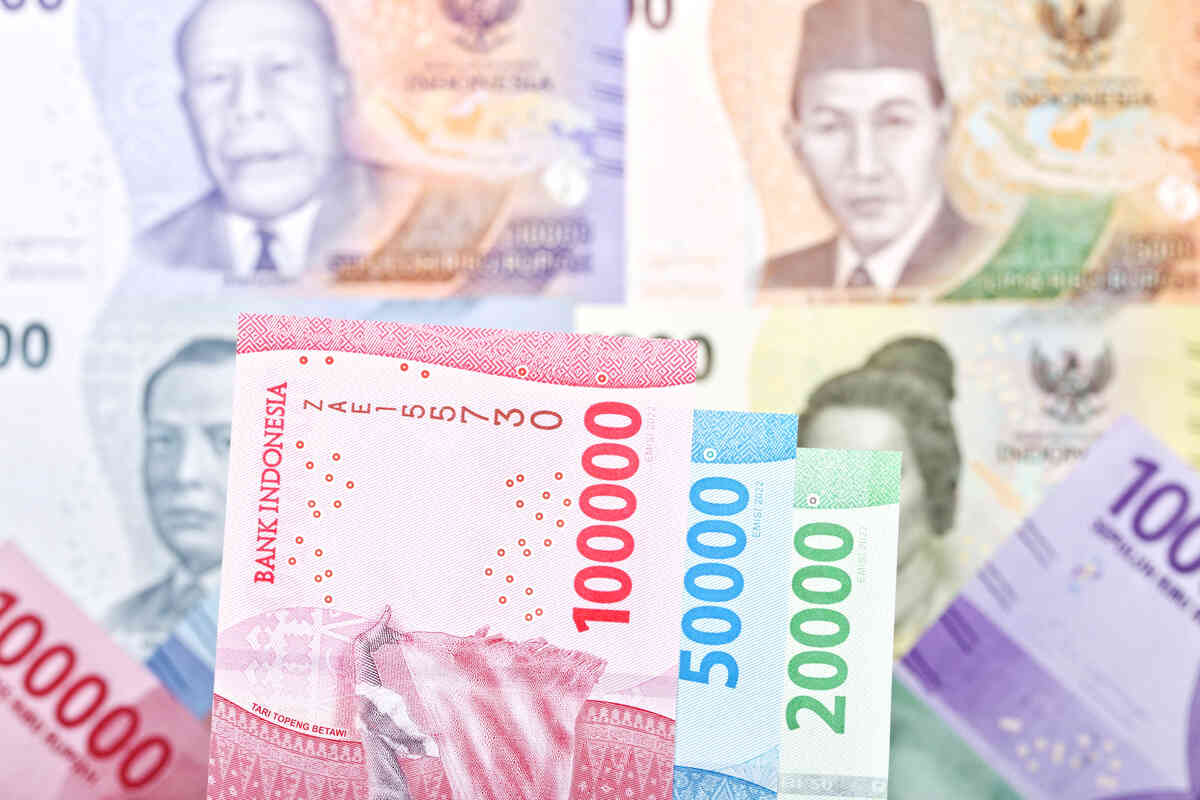
Guinean Franc (GNF)
One of the weaker African countries in terms of currency value, Guinea’s Franc suffers from a combination of factors: poor internal operations, low industrial output, and political instability. Guinea holds immense untapped potential, with some of the world’s largest bauxite (aluminum ore) reserves and a wealth of natural resources like gold and diamonds. Unfortunately, widespread corruption and poor infrastructure keep its economy from capitalizing on this wealth.
The Franc remains weak because foreign investors hesitate to put money into such an unstable environment. Currently, 1 USD is valued at around 9,500 GNF, highlighting how a resource-rich country can still suffer from a depressed economy when internal operations falter.
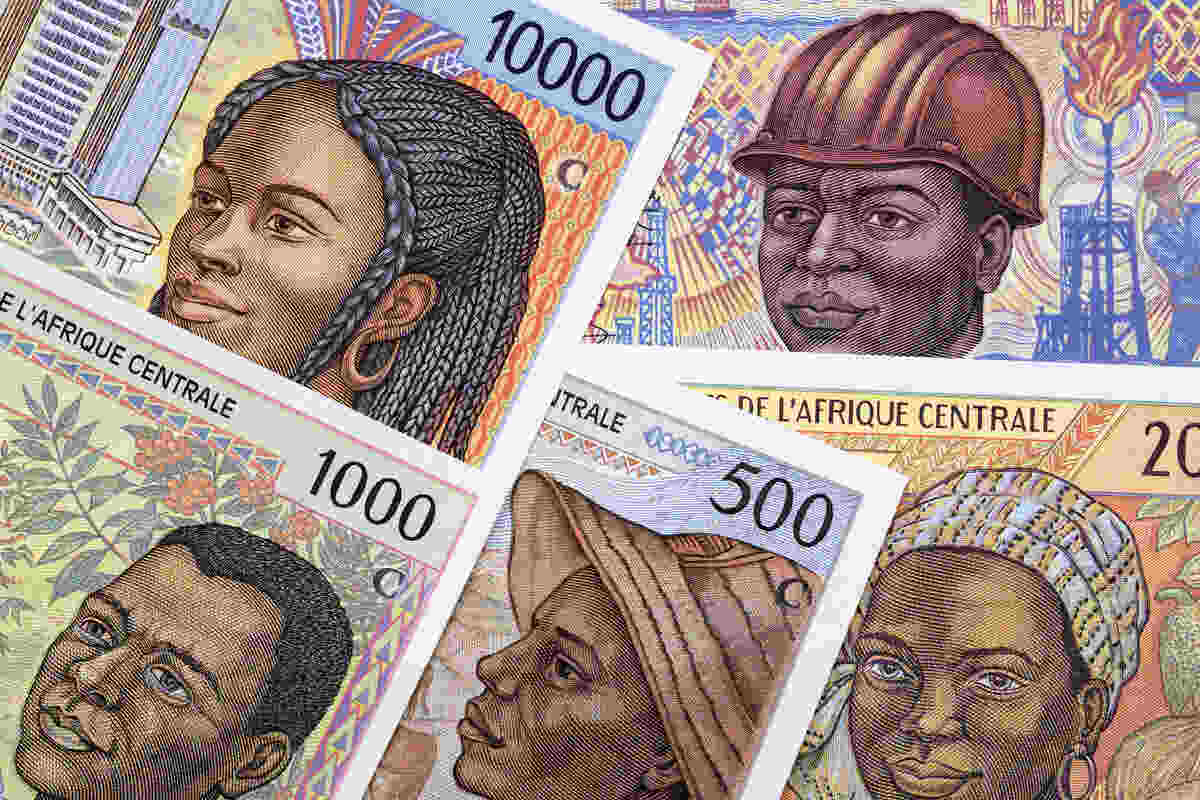
Laotian Kip (LAK)
Laos’ Kip has been weak since its introduction in 1952. Limited exports, reliance on foreign currencies, and a centralized economy keep the Kip low. The country’s push for tourism and hydroelectric exports may offer hope, but for now, the currency remains weak, with 1 USD currently equaling around 9,000 LAK.

Uzbekistani Som (UZS)
Uzbekistan is making strides toward a market economy, but the Som still lags behind. Decades of Soviet rule left the country with a heavily centralized economy. On top of this, government debt, historical isolation, and a slow-moving industrial sector (once a powerhouse for cotton and mining) contribute to its weakness.
Additionally, Uzbekistan's historical isolation under former leader Islam Karimov left the nation out of global trade networks for years, stifling growth. Although recent reforms under current leadership aim to open the economy, the Som remains weak at roughly 12,700 UZS per USD, reflecting the weight of its economic past.
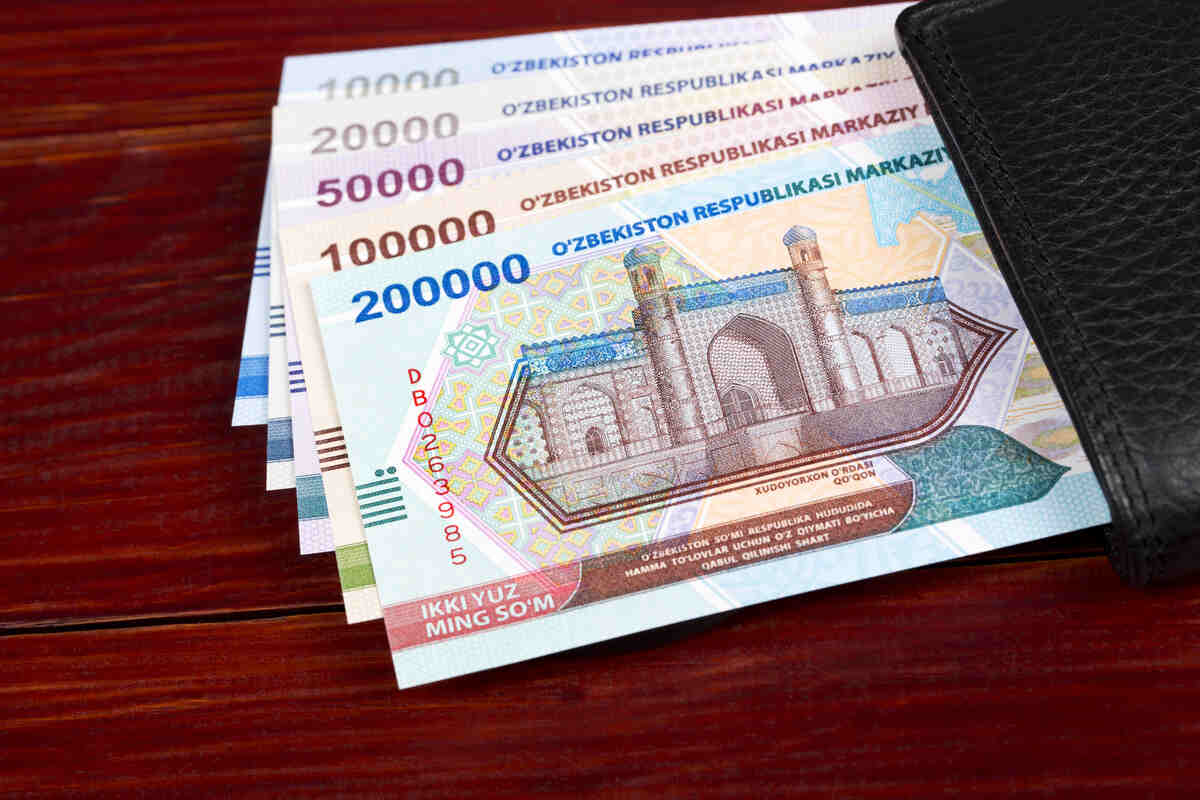
Sierra Leone (SLL)
Sierra Leone, a beautiful country rich in diamonds, still struggles economically. A history of civil war, political unrest, and natural disasters has kept the Leone weak. Despite its natural wealth, the nation endured a brutal civil war from 1991 to 2002, leaving infrastructure and industries in ruins. The Ebola outbreak in 2014 further devastated the economy, while ongoing political unrest and corruption keep foreign investors wary.
And, the country’s reliance on diamond exports (a resource often linked to smuggling and illegal trade) hasn’t helped stabilize the Leone. Sierra Leone's currency landscape remains shaky despite international aid to support the economy. 1 USD now equals about 10,500 SLL, reflecting how even a resource-rich nation can remain economically fragile after political and public health crises.
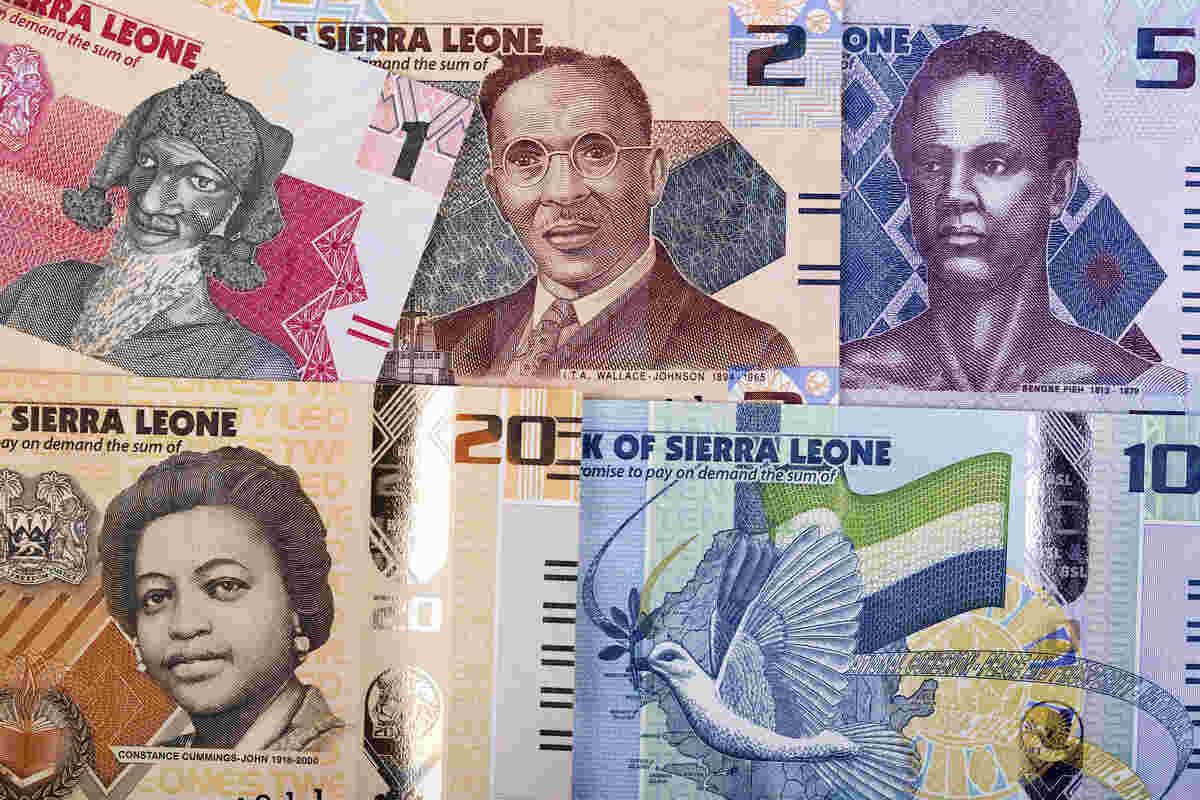
Malagasy Ariary (MGA)
Agriculture is the backbone of its economy, but reliance on vanilla, coffee, and cloves – all subject to price swings on global markets, leaves the country vulnerable. Additionally, Madagascar endures frequent cyclones and natural disasters, which destroy crops, roads, and infrastructure, setting the economy back repeatedly.
Political instability hasn’t helped; several coups and contested elections over the years have further weakened investor confidence. As of now, 1 USD equals around 4,000 MGA, a reflection of both environmental hardship and governance struggles.
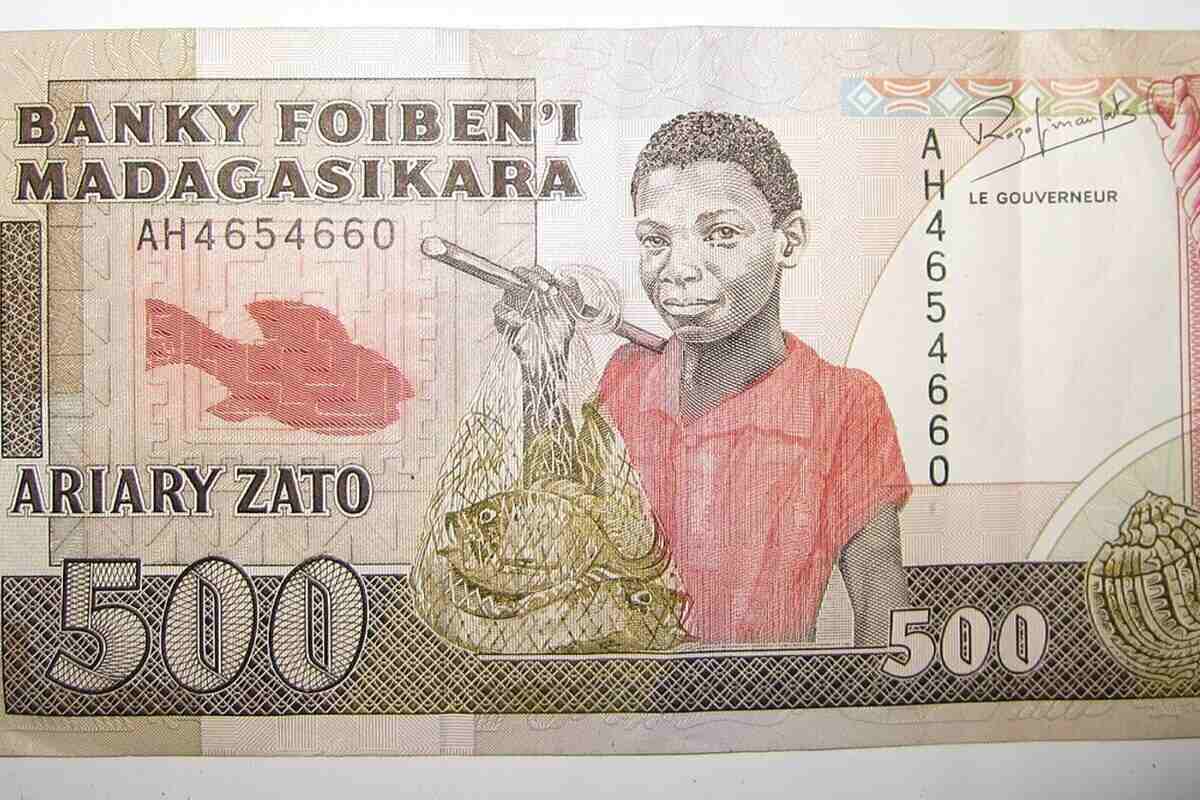
Venezuelan Bolívar (VES)
Venezuela’s Bolívar has become a symbol of currency devaluation. Once one of Latin America’s wealthiest nations, Venezuela’s economy unraveled due to a combination of falling oil prices (its main export), government overspending, and controversial socialist policies under Hugo Chávez and Nicolás Maduro. The country’s central bank resorted to printing money, leading to hyperinflation so extreme that prices could double within days.
Political instability, international sanctions, and a mass exodus of citizens fleeing poverty added to the chaos. The government introduced the Bolívar Soberano, and then the Bolívar Digital (a digital currency) to replace the original Bolívar, but both efforts failed to stop the currency’s collapse, and challenges for currency stability still persist. Right now, 1 USD is worth approximately 340.65 VES, a haunting reminder of how quickly a prosperous country can face economic ruin.
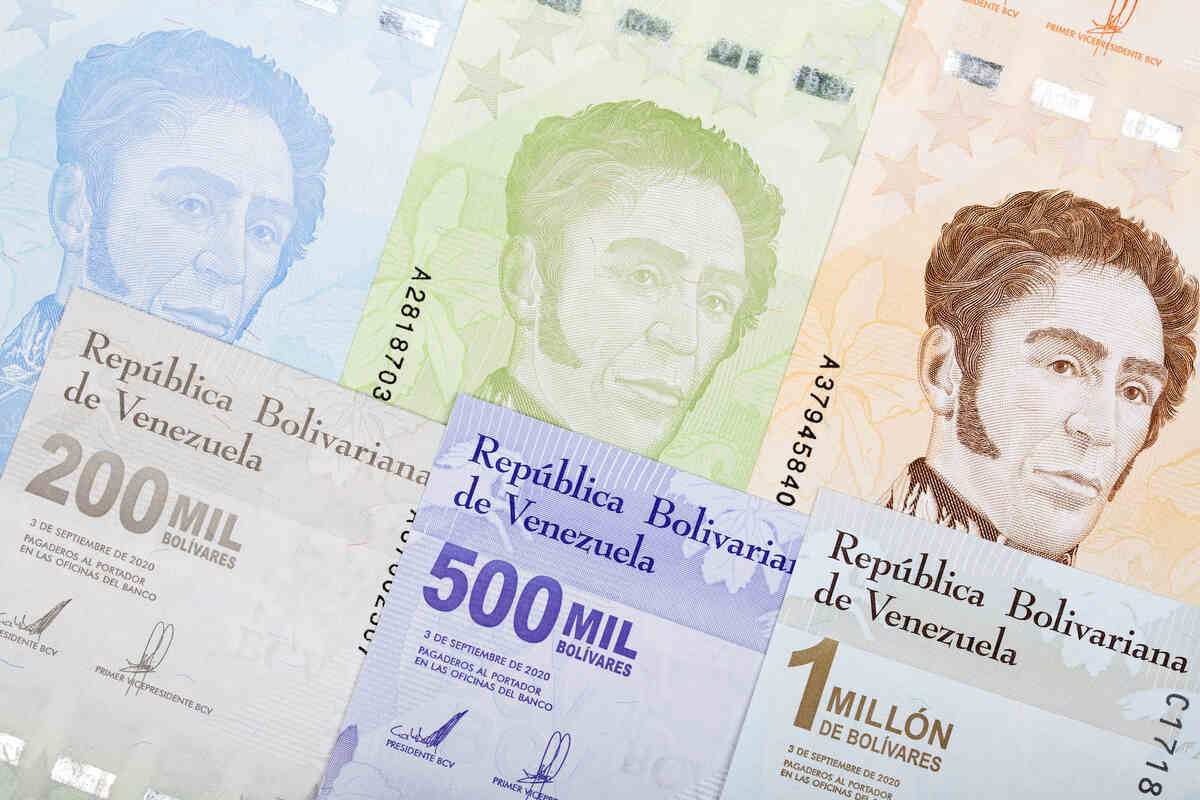
The Underbelly of the Global Currency Landscape
A weak currency is never a standalone problem. It’s a complex interplay of inflation rates, political instability, and poor economic conditions – a combination of factors that drag currency values down. While a weaker currency can sometimes boost exports (making goods cheaper for other countries), it often leads to higher costs for citizens and a lower quality of life.
In contrast, the strongest currencies in the world hold power thanks to stability, trust, and economic strength. The foreign exchange reserves and internal operations of a stable economy keep these currencies strong. Whether you’re a traveler, investor, or just curious about the global economy, understanding the weakest currencies in the world gives you insight into how complex and interconnected the currency landscape truly is.
Which currency surprised you the most on this list? Whether you’re a collector, traveler, or investor, at US First Exchange, you can buy or sell exotic currencies from around the world and enjoy fast and secure shipping of foreign currencies at competitive prices and insured shipping options for added peace of mind.
Ready to buy?
Are you ready to buy your currency? Stop waiting and request a Shipping Kit. We will provide everything you need to ship and receive funds for currencies you own.


